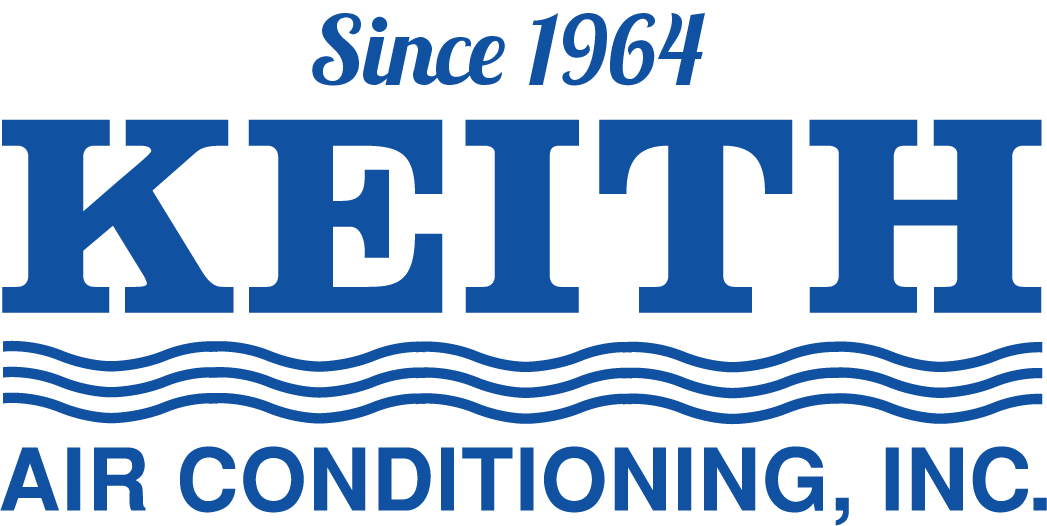Forced Air Furnaces: See How They Work
According to the U.S. Department of Energy, the most common method of heating residences and commercial buildings throughout the nation is with a forced air furnace. With an astounding level of practicality and functionality, forced air furnaces are efficient, easy to install and offer several other benefits. Whether you’re in the market for a new forced air furnace or simply looking for more information about the unit, check out the following information to see how they work.
How Forced Air Furnaces Work
The forced air furnace pulls colder air through the ductwork running throughout your home into the furnace where it’s heated. Once the furnace heats the cool air, the heated air is then sent back through different ductwork and pushed out through heat registers to warm your home.
Basic Parts of a Forced Air Furnace
- The thermostat communicates with the furnace, telling it when to turn on and off. When temperatures drop below the thermostat setting, the furnace will turn on. When the temperature reaches the desired setting, the thermostat will turn the furnace burners off.
- The oil or gas burner is the source of heat for the system, which communicates with the thermostat.
- The heat exchanger is a metal box that houses the combustion of gases from the burning oil or gas. The exhaust exits through a vent in the heat exchanger and is sent outside.
- The blower, which is located between the furnace itself and the cold air return, pulls the cool air from your home and sends it into the furnace through the cold air return. The cool air will circulate around the heat exchanger until it’s warmed. It’s then sent to the air plenum located on the output side of the furnace.
- In your home, there are both return ducts and supply ducts. The return registers accept cool air in your home through the cool air ducts. The warm air is then blown through the warm air ducts into your rooms once it’s been heated and sent to the air plenum.
- Your forced air furnace also has a blower, which is controlled by the fan limit switch.
Benefits of Forced Air Furnaces
- Compatible – The biggest advantage of a using forced air furnaces is the sharing of ductwork and vents with air conditioning units.
- Cost – With few component parts, the cost of forced air heating systems is fairly low compared to other systems, such as radiant heating. The low cost feature makes this type of heating solution the prime choice for builders wanting to keep the cost of materials low and for the cost-conscious homeowner.
- Energy efficient – Although radiant heating systems generally offer a higher energy efficient rating than forced air furnaces, a forced air heating system can provide a high energy efficiency rating. Your furnace’s energy efficiency is measured by the annual fuel utilization efficiency (AFUE), which represents the amount of fuel your furnace uses and wastes during the year to heat your home. The higher your AFUE, the more efficient your furnace. Older furnaces can have an AFUE as low as 65, which means that only 65 percent of the fuel is converted into usable heat. Today’s furnaces can have an AFUE rating up to 98, which means significant savings on your heating bill. Keep in mind the AFUE rating will decrease over time, especially if it’s not well maintained.
- Better with programmable thermostat – Programmable thermostats work at a higher efficiency with forced air heating systems than they do with radiant systems. While the pipes of a radiant heating system take a much longer time to heat up and need more time to match the requests of the thermostat, forced air furnaces respond to programming or temperature requests and changes almost immediately. As a result, forced air furnaces waste much less energy than radiant heating systems.
If you have additional questions regarding a forced air furnace or for other home comfort concerns, contact the professionals at Keith Air Conditioning. Our team of experienced professionals have been serving the Baldwin-Mobile area for over 50 years.
